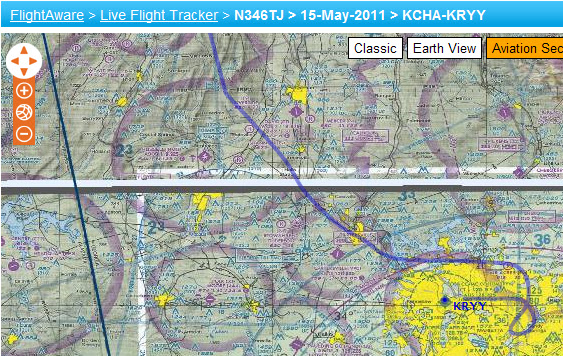This past weekend was fun, educational and downright grueling! As expected, the ground portion of the CPPP covered some specific topics, like in-flight weather, engine management and aviation safety. The stats around Cirrus accidents and parachute deploys were quite a surprise to me. However, the flight training was the really significant part for me this year.
The instructor I was assigned (named Cliff) was a former military pilot and a very seasoned instructor. I had met Cliff a few months ago. But never had the opportunity to fly with him before.
The plan was to cover VFR work on Saturday, such as stalls, slow flight, unusual attitudes, emergencies etc and IFR work on Sunday, such as procedures, holds, precision flight etc. Sounds simple right??. (That’s what I thought)
From the beginning, Cliff’s military background was blatantly obvious. After he carefully watched me do the entire pre-flight, we taxied out to runway 27. Seconds after we started to move, Cliff noticed I was a few inches off of centerline and ~ 1200 RPM. He immediately insisted that I get “exactly on centerline” and “exactly @ 1000 RPM”. That was just a hint of the level of precision that Cliff demanded of his students. After the run up, he gave me the instructions for the flight and we were quickly cleared for takeoff.
After departure I was to join V97 as soon as practical and track to the Rome VOR using NO GPS and NO AutoPilot. The “no auto pilot”, I expected… But the “No GPS” hurt. I felt like I couldn’t use any R9 magic and I don’t remember the last time I tracked a radial to an old fashioned VOR!
After I eventually got to the Rome VOR, we did some slow flight, stalls and unusual attitudes. Again, I thought to myself “Simple enough”. However, I didn’t realize the level of precision he required. As a result, it took me 4 attempts to do one of the maneuvers until I did it “well enough” for him. Even his technique for simulating emergencies was a bit interesting. He pretended to be a panicked passenger repeatedly yelling “Smoke in the Cabin” when we were ~ 5 miles from landing. I had to retrieve the right checklist and stay focused despite his distractions. After surviving Saturday, I was looking forward to Sunday’s IFR flight because that is more of my comfort zone.
On Sunday morning, I was prepared to spend the entire flight under the hood. Luckily (or unluckily) the weather was not very good and most of the flight was in actual IMC.
My level of precision was more to Cliff’s liking on Sunday 😉 I was doing great and feeling rather proud of myself for flying so well in the clouds. Then Cliff decided to change everything!
1. First, he blanked out my PFD, which is the left IFD screen on the R9 … (No problem… I just flew while looking at the right screen.)
2. Then he pulled the autopilot circuit breaker… (No problem… I just flew by hand..)
3. Then he pulled the circuit breaker on FMS keyboard … (No problem. This was the first time I flew with this many things “failed” at the same time… But I did reasonably well)
4. Then he told me I had to fly the ILS27 back to McCollum Field in this condition… Yikes! Just flying straight and level in this condition was OK. But flying an ILS in actual IMC with 3 items failed, really pushed me!!! I struggled to keep up with the radios and frequency changes using only backup instruments.
Fortunately, both Cliff and I survived! Here is what the resulting GPS track looked like on Flightaware:


After a short break, I flew home and finished the weekend with ~ 10 hours on hobbs and a huge feeling of accomplishment! Hopefully, I wont have to experience any of those emergencies for real. But if I do, I now feel just a little more “ready”.
Cheers,
== T.J.==
== T.J.==
